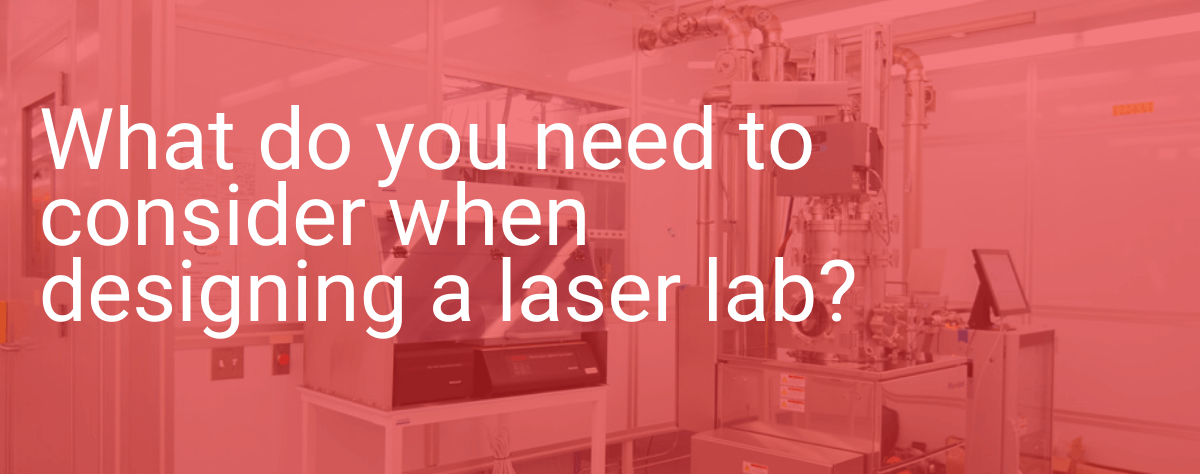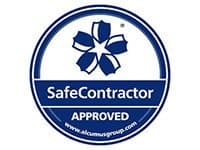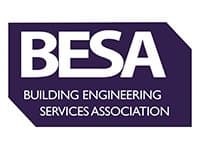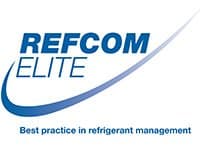
The designing of a laser lab is often a job that is undertaken with a variety of different people to ensure all the important elements are covered. From mechanical aspects and the physical design of the room to create the right environmental conditions, it pays to work with experts at every stage of the project. But what are the main considerations when designing and creating a laser lab?
Outside the lab
To start with, one of the biggest errors people make when creating a laser lab is a simple one – signs that warn when the lab is in use are placed above the doors, not at eye level. Ideally, they can be placed on doors but some regulations regarding fire safety prohibit this. Otherwise, they should be placed in a position where anyone seeking to enter the room can see them easily.
The locking system on the main door is another area to consider. Some labs still opt for a traditional lock style because this isn’t connected to the same electrical system as the laser and therefore reduces the risk of malfunction. If you do opt for an electrical lock system, ensure it is independent of the laser systems.
Inside the lab
There are several regulations that apply to laser labs and these should be front and centre during the design process. For example, BS EN 60825-1:2014 helps to classify the laser products according to the hazard of the laser beam. Class 1 is safe under reasonable operational conditions while at the top is Class 4, where eye and skin damage is likely from the main and reflected beams and can cause fires.
Facilities such as eyewash showers and safety showers may be required depending on the work being done. These need to be located so that people can reach them in no more than 10 seconds and that there are no obstructions between them and the safety facilities.
The air conditioning and atmospheric conditions in the room also need to be take into account. This is a crucial aspect that can sometimes be overlooked. But it can also interfere with the function of the laser equipment so working with air conditioning and laser lab installation experts is the best way to ensure this is all done correctly. Look for companies who specialise in air conditioning and laser lab installation, for example, who have experience working with this kind of set up.
Typically aspects that you may need to consider include temperature and humidity regulation and control, number of air changes (volume and velocity), filtration systems which may include Hepa filters in order to prevent particles interfering with the laser. We have experience in designing the right conditions for your operating environment considering these factors.
Lab layout
The layout of the equipment in the lab is something to consider from the outset. There needs to be enough room to move around the equipment in the lab with different recommended clearance distances for different parts of the lab. But also consider the flow of the work – can people move between the elements required easily, without getting in each other’s way?
It is advisable to have a physical separation between lab space and personal desk space, meeting and eating areas. If this isn’t entirely possible, then ensure that any workspaces are as far from direct or stray beams as possible and also make sure no-one needs to be close to hazardous materials while exiting the lab.
If you would like to find out more information about specialist rooms or any other related subject, then we can offer professional friendly advice. You can get in touch by calling us on 0117 952 3355. Alternatively, you can fill in our contact form and we will get back to you.






